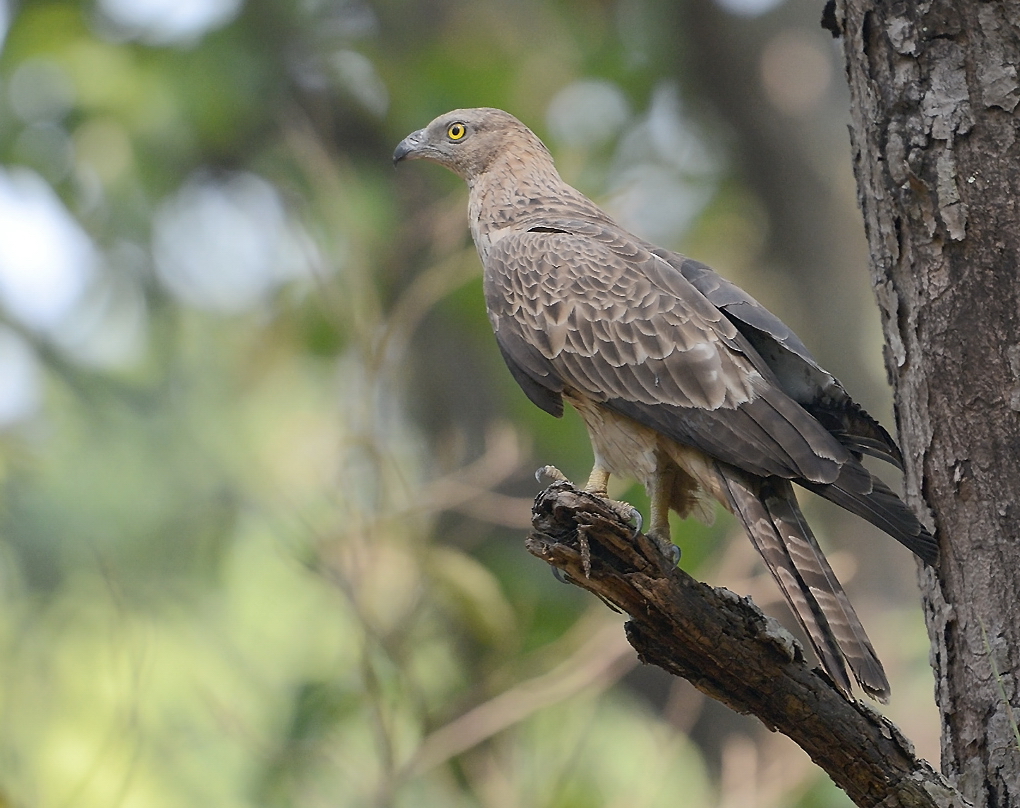 DIGISCOPING IN THE WOW FACTOR
DIGISCOPING IN THE WOW FACTOR
Article by Mina Thevenin
Who said, “Necessity is the mother of invention”? In 1999 and quite by accident, birder and Malaysian Photographer, the late Laurence Poh, put the lens of his Olympus C-900 Zoom camera to his spotting scope, a Leica Apo-Televid scope set at 20X, and photographed a raptor so that he could identify it. His zoom camera could not bring the bird image close enough, so he crudely put the two pieces of hardware together and got the I.D. shot. As it turns out, and with the help of bird enthusiasts, the bird was identified as a Crested Honey-Buzzard and is one of Malaysia’s vulture species.
What exactly is digiscoping in the wow factor?
For birders and photographers, digiscoping in the wow factor by the coupling of scopes and cameras just makes sense. For the wildlife photographer, who photographs birds exclusively or who also shoots other animals, the photographic challenge then moves beyond the obvious benefit of being able to only I.D. the animal. The next photographic skill goal becomes the challenge of targeting quality composition and lighting. While issues of pronounced vignetting and noise continue to effect shooting far focusing distances with traditional zoom lenses and scopes- because it is the nature of the beast, these issues are usually able to be corrected with post-processing techniques: cropping, noise reduction, detail enhancements, and adjustments in – light, contrast, and tonal curves.
As a photographer, writer and editor I keep these simple ideals in mind for photography:
COMPOSITION–
What is my subject?
Rule of Thirds
Tight crop vs/ A Looser Crop that includes more surrounding content (reveals more about the subject’s behavior). If photographing a bird on a branch and the bird is looking to the side- it sometimes brings the audience into the action of the frame by including more photographic space of the direction in which the bird is looking. This lends to the composition and subject telling a story and doesn’t just end with it being a clear photograph of a bird sitting on a branch.
If it’s crooked and unless the photographer intentionally wants the composition geometry to be crooked- fix it.
CONTENT– Show me. Don’t tell me. The action in the photograph speaks volumes. The passive is- passé. For example, a bird sitting on a branch that is photographed clearly is okay. The same bird sitting on the branch seemingly looks directly into the camera lens- better. Bird eating a berry or bug is even better. Two or more birds sitting on the branch interacting, etc. is yet again better. And so on.
But going back to the single bird sitting passively on the branch, even that gets better if it’s a tight crop detailing a specific notable aspect of the bird or if the bird is unusual in some way- fluffed out for attracting a mate, etc.
LEADING LINES– The photographic composition includes elements that invite the viewer to follow the lines and depth of field as they explore the image. Adding “leading lines” to a composition keeps the photograph from falling flat, i.e. it’s a picture of a bird. Using the bird on the branch image, now the photographer adds leading lines and also captures the blurred colors of the blooming flowers from the branches behind the bird that trail off to the left of the composition. The viewer’s eyes see the details of the bird and are also aware of the soft colors behind it and the trailing lines to the side. The leading lines give more story to the photograph.
LIGHTING– Lighting is a key element that takes a great composition into the phenomenal category! Take the same example of photographing the bird on the branch. Capturing the bird in the golden light of morning light or sunset makes even the passive photo come to life. Imagine photographing two birds interacting with golden sunset light on their feathers. That’s the wow factor.
For digiscope photographers and really all photographers, the arena of great photography is challenging! Ultimately there are no rules. These are just guidelines that many photographers use, but it really boils down to the truth that the composition is determined by the photographer. And sometimes thinking, or in this case photographing, outside of the box results in a new discovery that is incredible—even digiscoping in the wow factor!
Just five years after discovering the photography technique of digiscoping, Photographer Laurence Poh died. His son, Jonathan, posted a brief tribute to his father:
Laurence Poh, digiscoper and friend to many, passed away peacefully this morning, 19 September 2004 at 4:30 am. He had pancreatic cancer.
You may leave your thoughts and comments in the Guestbook.
Posted by jonathanpoh at September 19, 2004 07:19 AM
Photography World wishes to pay tribute to the late Malaysian Photographer Laurence Poh, the father of digiscoping.

0 comments